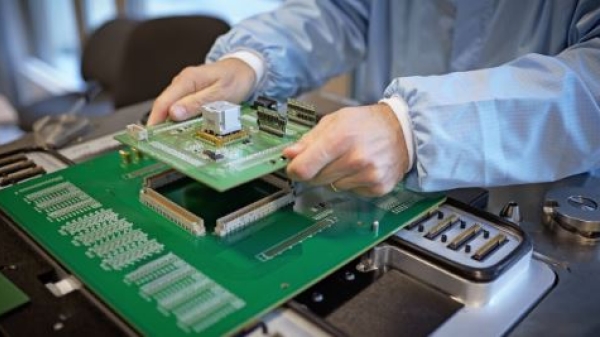Robotics advances open life-enhancing possibilities
Improvements in robotics are being made at a steady pace, promising progress particularly in technologies to help restore human physical capabilities.
The topic was explored prior to the recent third annual Rehabilitation Robotics Workshop at Arizona State University, when ASU researchers Bradley Greger and Thomas Sugar were interviewed on “Horizon,” the news and public affairs program on Eight, Arizona PBS.
Greger and Sugar are on the faculty of ASU’s Ira A. Fulton Schools of Engineering. Greger is an associate professor in the School of Biological and Health Systems Engineering. Sugar is a professor with the Polytechnic School.
They described how experts in a variety of engineering, science and medical fields are collaborating on research and technology development to make devices that are breaking ground in human-robotic interaction.
Greger and Sugar pointed to advances in sensors, microprocessors, batteries, biomechanical and neural interface systems, exoskeletons and other wearable robotics.
Together the improved technologies are enhancing physical therapy treatment and expanding capabilities to restore motor functions and rehabilitate stroke victims, they said.
In coming years, they see robotics as primary components of systems that link the brain and nervous system to robotic prosthetics and other devices that could restore vision, sense of touch and other natural functions.
Article source: HorizonMore ASU in the news

Arizona State University helping prepare people for careers in growing semiconductor industry

Matthew McConaughey and ASU are helping an Arizona school district. Here's how
